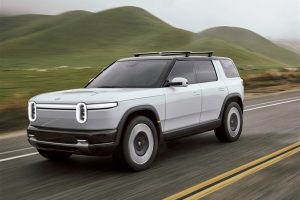November 30, 2024 – In a recent conversation with Autocar, Dan Balmer, the newly appointed CEO of Lotus Europe, hinted at the possibility of extending the lifespan of the iconic sports car, Emira, by equipping it with a hybrid powertrain.
The current Emira, which debuted in 2021 as the successor to the Evora, Exige, and Elise, is offered with two powertrain options: a 2.0-liter turbocharged four-cylinder engine from Mercedes-AMG with a maximum output of 360 horsepower, and a supercharged V6 engine from Toyota, capable of delivering up to 400 horsepower. Notably, the Emira marks the end of an era for Lotus, being the company’s last pure internal combustion engine model.

While Lotus has not officially announced a discontinuation date for the Emira, the company had previously planned to introduce a fully electric model named Type 135 in 2027, which would effectively replace the Emira.
When discussing the potential for a hybrid version of the Emira, Balmer stated, “In today’s landscape, ‘never say never’ is our approach. We need to remain agile, constantly monitoring market demands and evaluating the technologies available to us. Both hybrid and fully electric platforms are potential paths forward, and it ultimately boils down to which technologies can meet the unique design requirements of a Lotus.”
Lotus is currently developing a range-extending technology called “Super Hybrid” for its electric vehicles. This technology, slated for a 2026 launch, utilizes a 900V high-voltage system and is compatible with the EPA platform that underlies the Emeya and Eletre models. However, the likelihood of this system being integrated into the Emira remains low.
The future of the Emira has become increasingly uncertain due to Lotus’ decision to suspend the launch of new products, including the Type 135, which was intended to succeed the Emira. According to official statements, the company is waiting for the maturation of new lightweight battery technology to ensure that an “electric Elise” can inherit the dynamic excellence of its fuel-powered predecessor.
In conclusion, Balmer emphasized, “The technology must align with our performance standards, and the timing of its introduction is equally crucial. If we were to attempt these goals now, it’s evident that the conditions aren’t quite ripe yet.”












